When I hear the phrase “3D printed concrete furniture,” my first thought is how incredibly uncomfortable that sounds. But looking at the new 3D printed gradient furniture collection by Vienna-based designer Philipp Aduatz, you wouldn’t even realize that the pieces were made from hard concrete at first glance. This collection is the designer’s latest use of 3D concrete printing, or 3DCP, and he partnered with Austrian concrete 3D printing company incremental3D to develop it.
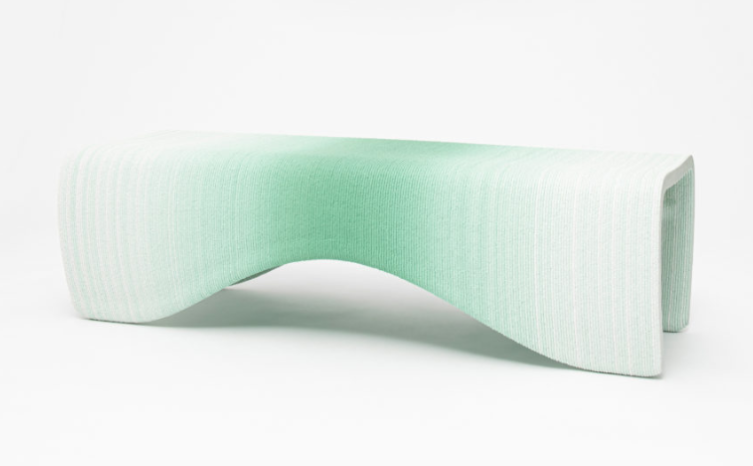
“Additive Manufacturing with concrete offers new possibilities to engineers, architects and designers. The process allows for highly articulated designs and frees concrete of its formwork,” the incremental3D website explains. “Our objects express our understanding of design, the fabrication process and concrete itself.”
Manufacturing on Demand
By utilizing concrete materials, it’s possible to print large, complex structures—even buildings—in a much shorter amount of time. On top of the fact that molds don’t need to be produced, there are also economic and ecological advantages to using concrete for additive construction. incremental3d is in the middle of a research project at the moment that involves coloring concrete, and the company is experimenting with dyeing the 3D printed hard material.
In order to achieve a colored concrete design, incremental3D discovered that the dye needs to be added directly into the nozzle during 3D printing, which allows the colored to be locally applied, point by point, as opposed to globally applied. Not only does this technique, displayed below, create a nice aesthetic, but it also decreases waste, workload, and project time as well.
incremental3D wanted to keep improving its technology, and figured a good way to do so would be applying its research techniques in real-life product design, and began collaborating with Aduatz, who’s worked with advanced technologies like 3D printing, CNC milling, and 3D laser scanning before. According to his website, the designer creates limited edition objects that are very sculptural as well as functional. Largely influenced by “scientific matters such as chemistry, physics and material technologies,” Aduatz enjoys experimenting with different materials and how they behave, making this a match made in heaven.
“For many years, I have been obsessed by the concept of a gradient which reflects elegance and harmony to me,” Aduatz said in a press release sent to 3DPrint.com. “I believe that the gradient is, in regards to the perception of the environment and its digital reflection, a fundamental design principle. It has a mathematical aesthetic and precision that I have always been admiring. With this project I want to combine the design of the gradient with different functional objects by the use of innovative fabrication technologies.”
An image gradient is essentially the changing of a color’s intensity within an image; for instance, dark blue would slowly give way to light blue, or vice versa. In terms of image processing, the gradient is a critical “building block” of the image. Aduatz and incremental3D worked together to design and build a beautiful furniture collection, which includes a chair, a stool, benches, and a large vase, all 3D printed using what appears to be a robotic arm system.
Together, the partners figured out how to apply a gradient to their concrete pieces by dyeing them during the print process, and it seems they had fun exploring the various shapes the technology is capable of achieving as well. Additionally, they had to come up with a reinforcement technology that could add the load capacity for this specific design language, as concrete does not have much tensile strength on its own.
After calculating and testing the required design payloads, they developed a customized, semi-automatic strategy for reinforcing the 3D printed concrete dyed chair and benches with steel. The 60 x 60 x 152 cm vase, 149 x 56 x 45 cm small bench, and 230 x 56 x 45 cm large bench come in blue, beige, black, green, and red colors, though there are only 50 of each limited edition piece available. The limited-edition 54 x 56 x 45 cm stool is not steel-reinforced, though it comes in the same colors.

The 108 x 95 x 102 cm Fauteuil chair was also reinforced with steel, and is available in blue, beige, black, green, and red, though this is apparently a super limited edition piece, as there only appear to be ten.
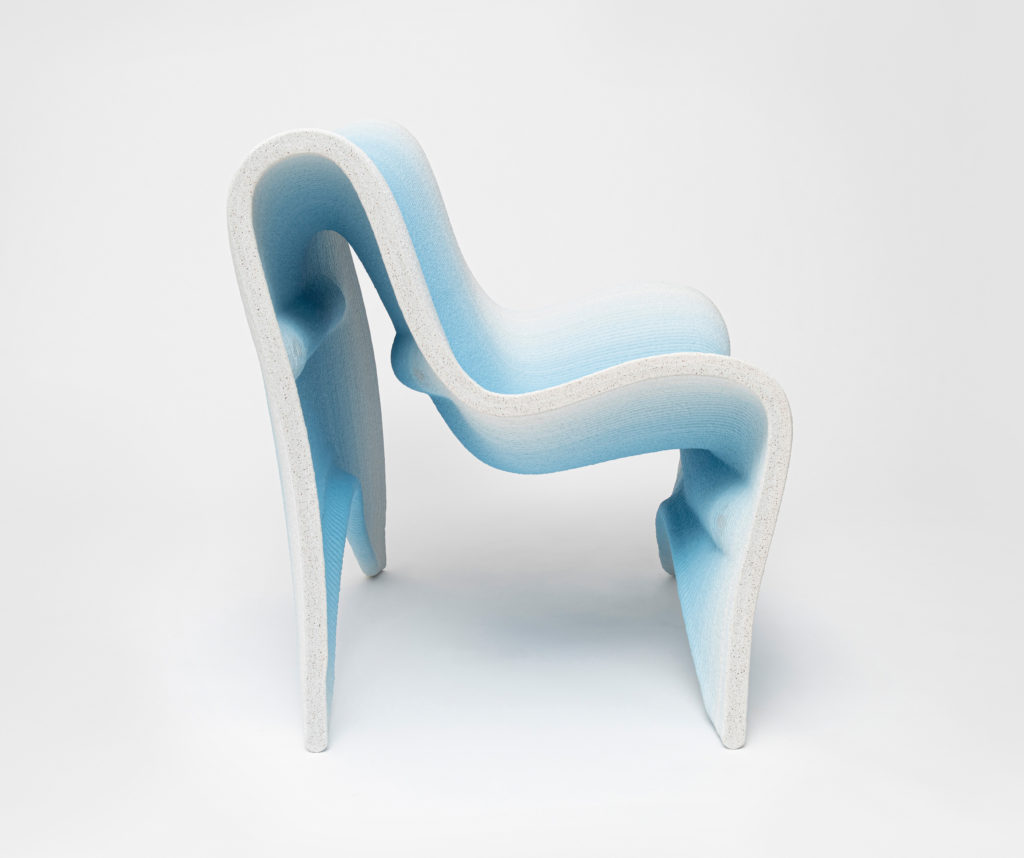
* This article is reprinted from 3D Printing Media Network. If you are involved in infringement, please contact us to delete it.
Author: Andrea Gambini


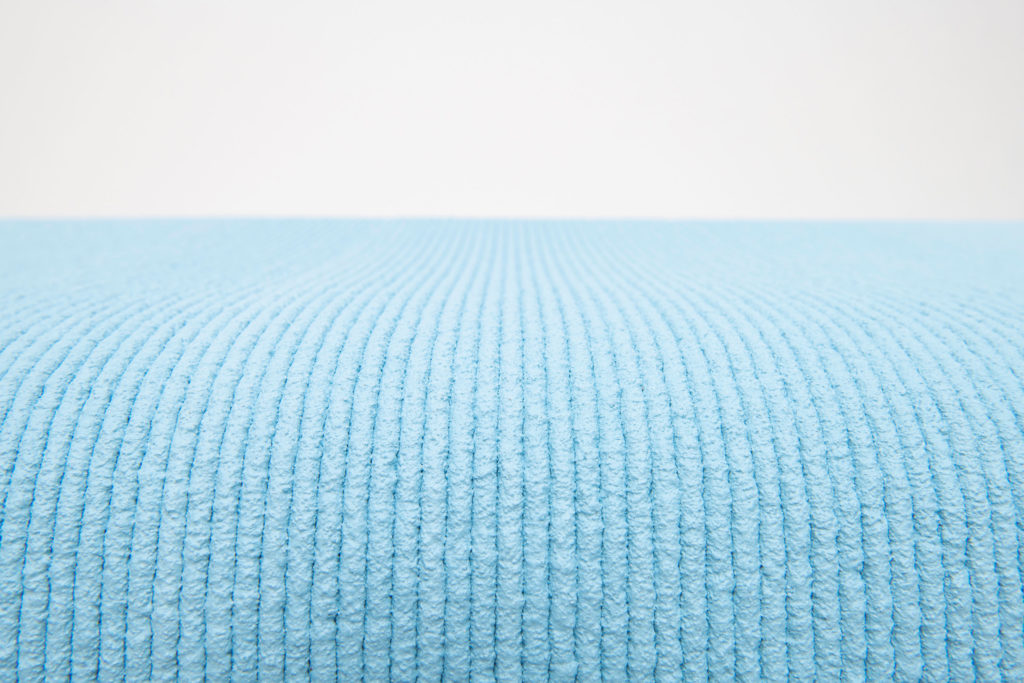
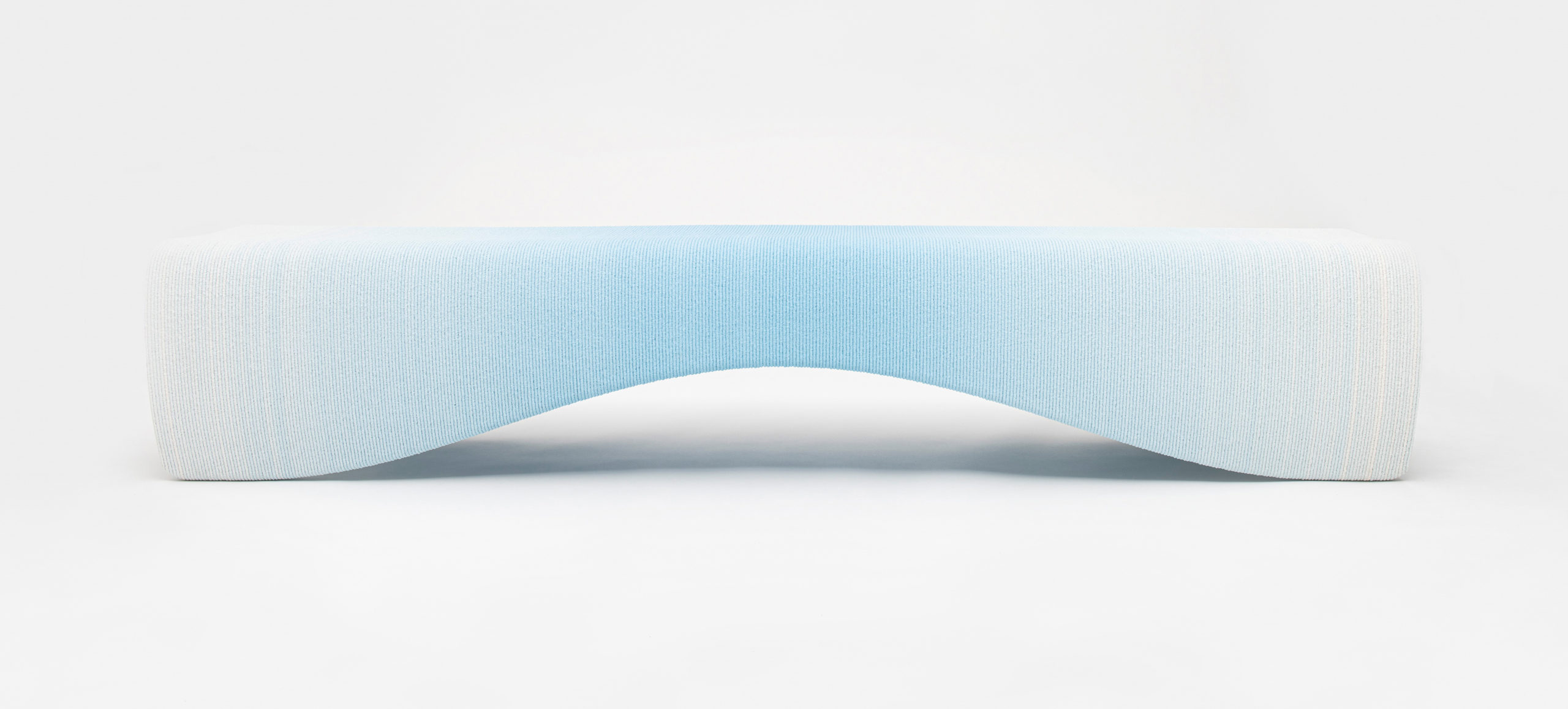
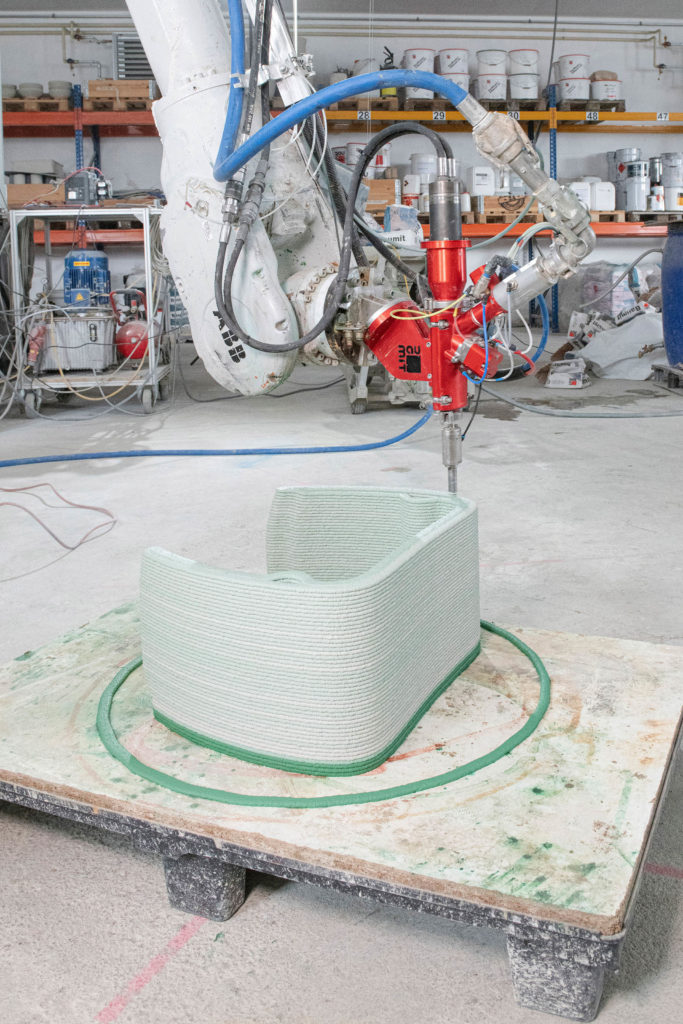
Leave A Comment